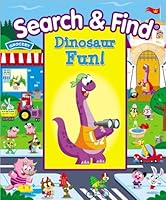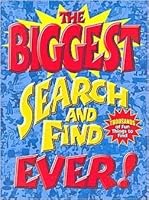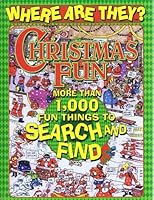Search and Find Christmas Fun
Select Format
Select Condition 
You Might Also Enjoy
Book Overview
Search & Find Christmas Fun gives readers of all ages an opportunity to sharpen their observation and concentration skills. Kids will love looking for tons of fun things at the North Pole, on the rooftop, in his sleigh, and more! Each hilarious scene in this search & find treasury is chock-full of amusing things to find.
Format:Hardcover
ISBN:1588656365
ISBN13:9781588656360
Release Date:January 1
Publisher:Kidsbooks
Length:16 Pages
Weight:1.50 lbs.
Related Subjects
Contemporary Fiction Literature & Fiction Mystery Mystery, Thriller & Suspense ThrillersMore by Umberto Eco
Few cultural critics and novelists carry the scholarly heft of Umberto Eco, who was a noted historian and semiotician before he brought these sensibilites to bear on major novels such as The Name of the Rose and Foucault's Pendulum. Whether he is deconstructing modern wax museums or spinning a 1... Learn More About This Author
Customer Reviews
4 customer ratings | 4 reviews
There are currently no reviews. Be the first to review this work.































































